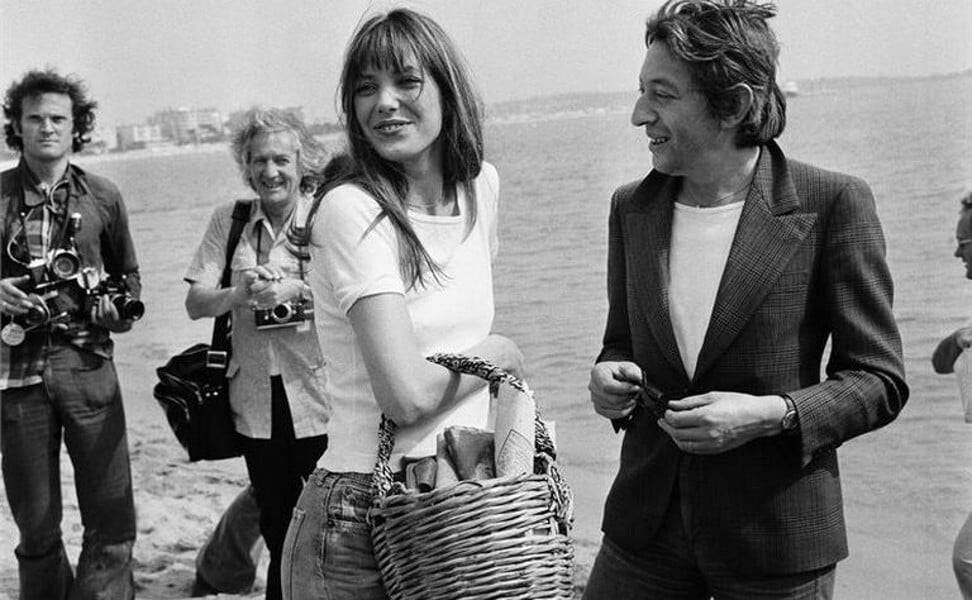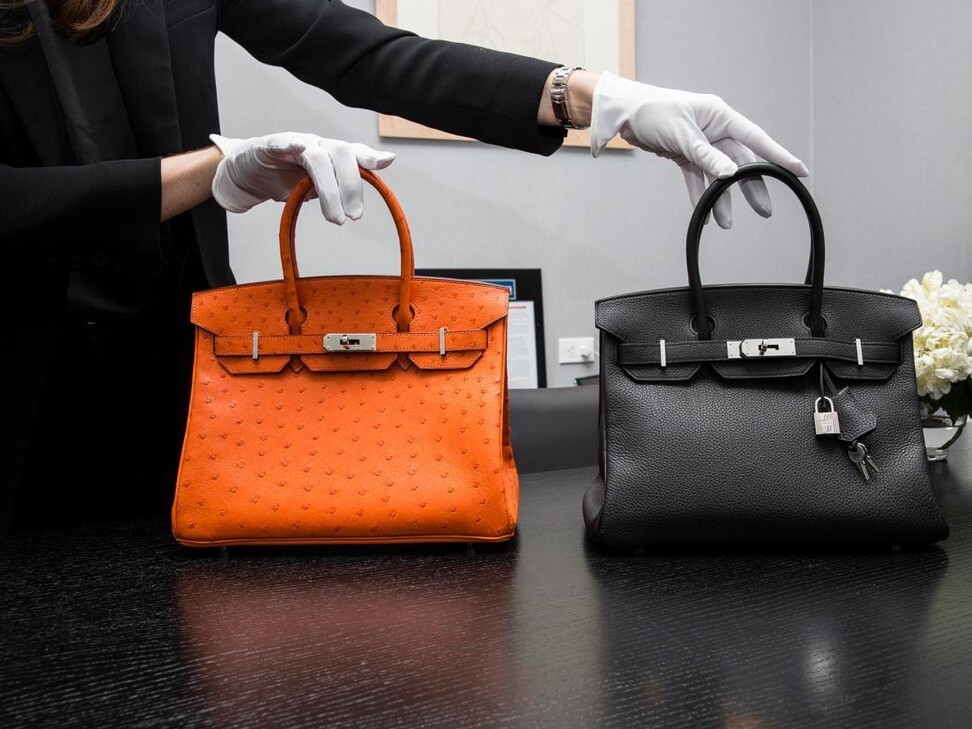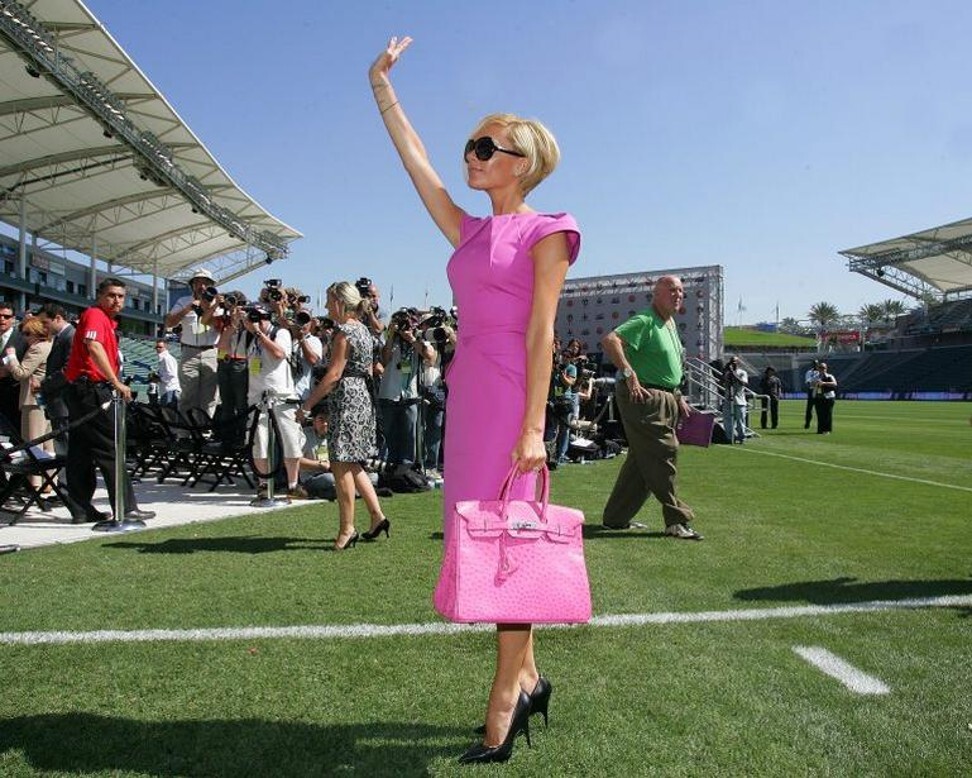The Hermès Birkin, loved by Nita Ambani, Victoria Beckham and Grace Kelly – how did the French luxury fashion house’s marque handbag come about?


Birkin was one of the most popular actresses of her time, and a songwriter and a model besides. Her international fame only increased during her tumultuous relationship with “bad boy” singer and artist Serge Gainsbourg.
During Birkin’s encounter with Dumas, the contents of her beloved straw basket fell out in front of Dumas and she ended up agonising with him over the lack of a good practical leather weekend bag.
The conversation led Dumas to quickly sketch out a supple and spacious rectangular holdall, with a dedicated space for baby bottles, with his new muse during the short journey. That idea eventually became Birkin’s namesake bag that has gone on to become a kingpin in the world of uber-luxe bags.

The history of Hermès
Hermès humbly started as a harness and saddlery workshop in 1837 under its founder, Thierry Hermès. The business grew considerably when his grandsons, Adolphe and Émile-Maurice Hermès, took over the reins upon his demise. It was then that the brand began its retail journey at the now-iconic flagship location at 24 Rue du Faubourg Saint-Honoré in Paris.
By the 1900s, Hermès had broadened its offerings to include saddle-stitched luxury goods and its first-ever leather bag – the Haut à Courroies, known later as the Birkin HAC, the larger predecessor of the modern-day Birkin. As the illustrious house grew, it expanded its range to include scarves, created the famous interlocking H logo, and introduced France to a cool new fastener called the zip.
But what is it that makes this bag so special?
Master craftsmanship
The Birkin is painstakingly hand-stitched for 24 to 48 hours in different types of leather such as calfskin, lambskin and also exotic leathers like ostrich, alligator and crocodile. Since the Birkin was originally positioned as a travel bag for jet setters, it had a lock and multiple pockets to be as functional as possible. The colour palette is extensive, with Black, Etoupe and Tan being the most preferred as they suit more occasions compared to exotic skins. It first came in three sizes – 30cm, 35cm and 40cm – but over the years newer variants have been added such as the larger Shoulder Birkin, the Birkin Cargo and the Birkin Shadow, with clients always having the option to customise the colour, leather texture and hardware to suit their whims.

Investment value
The Birkin costs a pretty penny, with prices rising from US$2,000 in 1984 to US$11,000-12,000 in 2018. That’s an astronomical average increase of around 14 per cent a year or more than 500 per cent per cent since its creation. This is why Time magazine quoted industry expert Baghunter as saying that buying a Birkin was a less risky and a more rewarding investment than stocks.

Perceived value
Hermès has mastered the formula to create the ultimate yearning in its clientele. It’s elusive, it’s priced exorbitantly, it doesn’t follow fickle trends and is never discounted. Hermès also takes pride in only creating a limited number of bags every year, adding to the overall brand allure.
So how do you get hold of one?
What happens when there is too much money chasing too few bags and in-store purchases aren’t a possibility? Another market opens up – the resell market.
Another way to acquire this legendary bag is via auction houses where certain Birkins shatter their estimates. For instance, in 2019, a Crocodile Birkin 35, encrusted with 200 diamonds and gold buckles sold for double its estimate at a Christie’s auction.

Croc controversy
However, the reputation of the Birkin isn’t entirely untainted. Back in 2015, the world witnessed a very public spat with its biggest brand ambassador, Jane Birkin herself. She wanted to detach her name from the Birkin Croco after watching a Peta video about cruel practices at a crocodile slaughterhouse. Hermès denied the facility was theirs but promised to investigate. Since then, animal rights activists have widened their action, shaming Hermès and their celebrity clients for promoting unethical consumerism.
What’s next?
Demand for Birkins on both the primary and secondary markets hasn’t waned, but the way ahead remains to be seen. While there are many women who continue to want to exhibit their trophy bags, there is a burgeoning demand too for a more ethically conscious society that stresses minimalism and quiet branding. Will the Birkin lose its sheen in years to come, or will it continue to be the near-unattainable beauty that it has been in decades past? Only time will tell.
Want more stories like this? Sign up here. Follow STYLE on Facebook, Instagram, YouTube and Twitter .
This article originally appeared on Luxury Launches.

Inspired by actress Jane Birkin and designed by then-chief executive Jean-Louis Dumas, a Birkin has been a better investment than stocks, says Time – and it has a burgeoning resale and auctions market via Farfetch, Christie’s and more